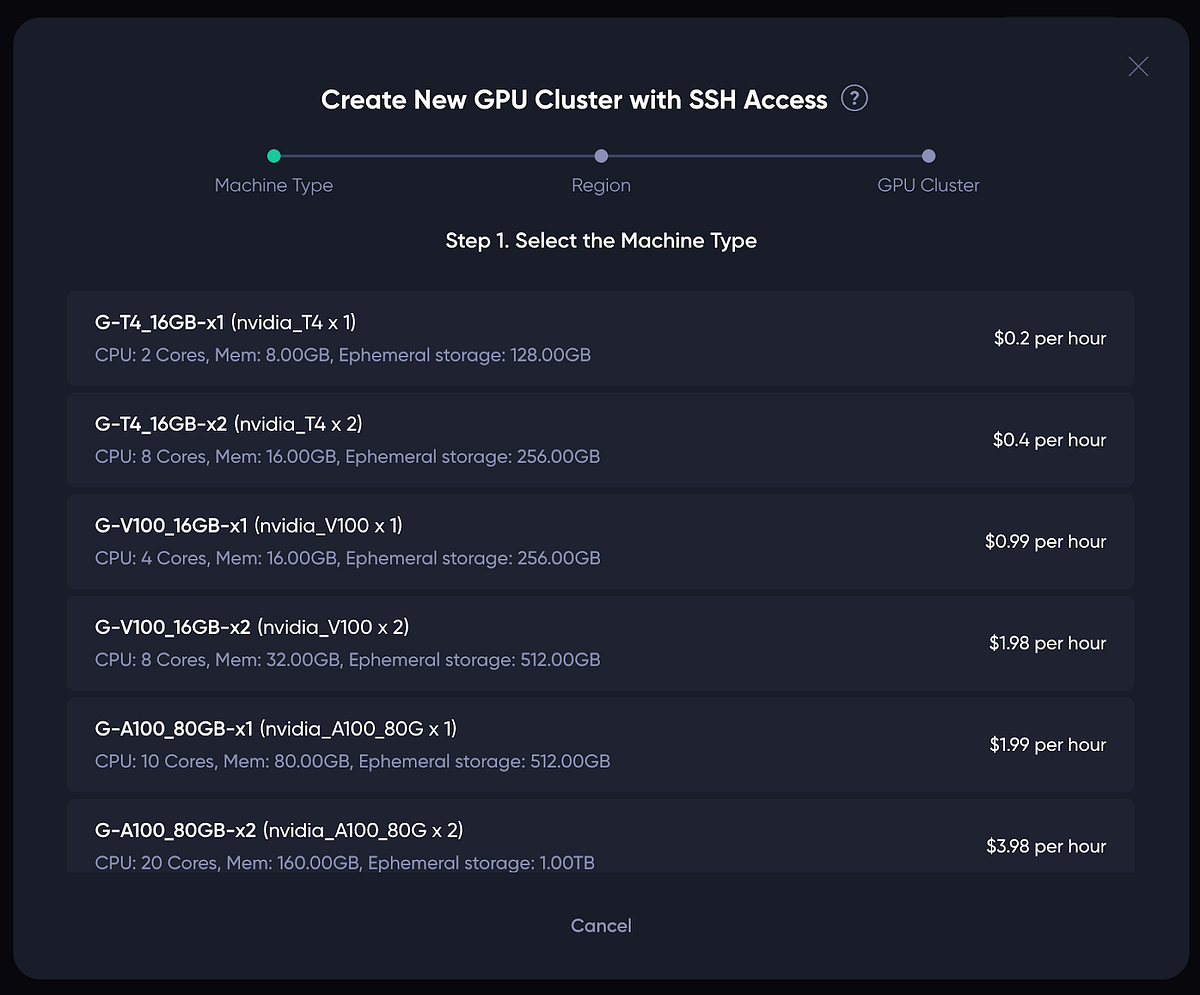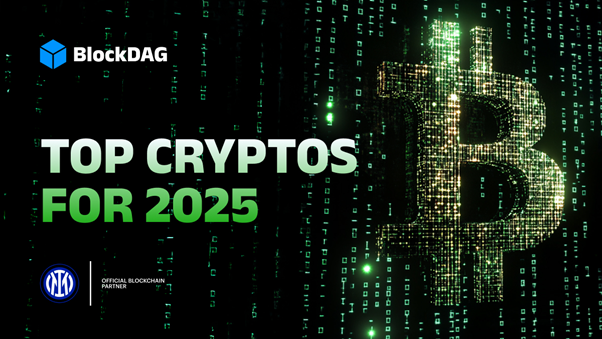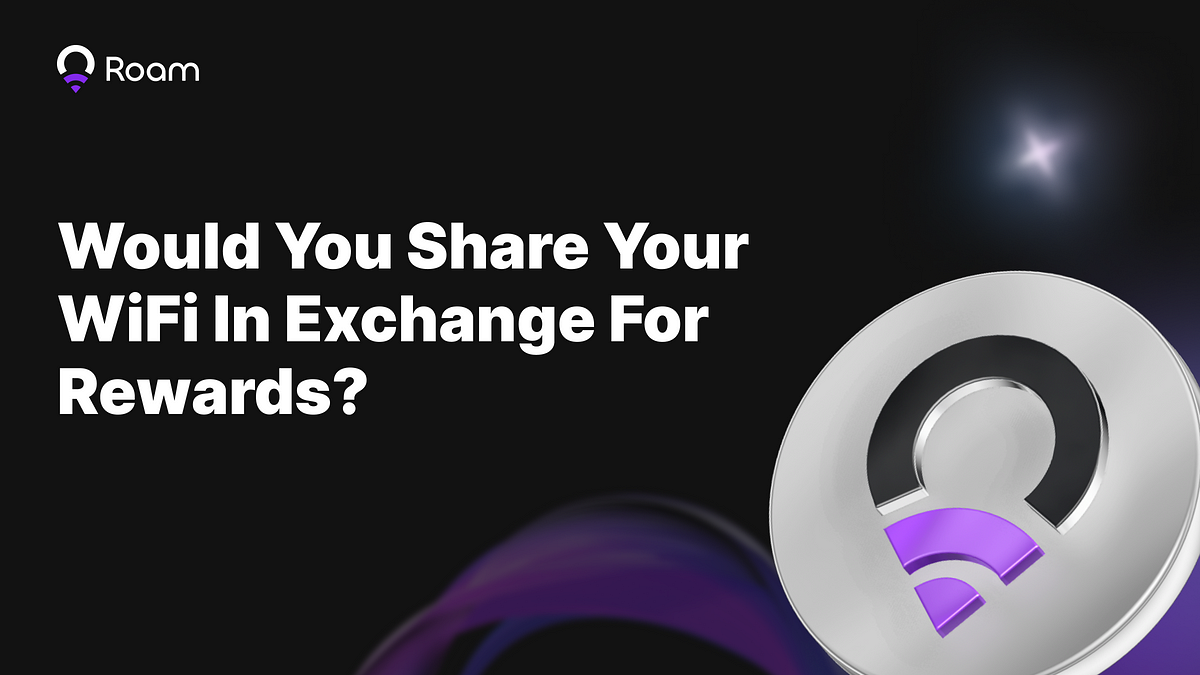Empowering Content Creators with iExec's DataProtector Tool

In the evolving landscape of content creation, creators often grapple with significant challenges such as ownership issues, unfair monetization models, and censorship. iExec aims to address these concerns by empowering developers with the ‘DataProtector Monetize Version’ development tool. This innovative tool enables developers to create applications that help content creators regain control over their work, monetize it fairly, and protect their creative freedom. The Content Creator Demo App serves as a prime example, providing a template for developers to build solutions that tackle the pressing issues faced by content creators today.
One of the most pressing challenges for content creators is the lack of ownership over their creations. In the traditional Web2 environment, platforms often retain control over the content, which can lead to arbitrary removals and restrictions. iExec’s DataProtector module allows developers to create decentralized applications (dApps) that ensure creators maintain true ownership of their work. By encrypting content and recording ownership on the blockchain, creators can secure their digital assets, grant or revoke access as needed, and protect their work from unauthorized alterations. This shift not only empowers creators but also ensures they can monetize their content without the fear of losing control.
Moreover, the monetization landscape for content creators is often skewed in favor of platforms, leaving creators with minimal earnings despite their hard work. iExec’s DataProtector tool facilitates the development of applications that enable creators to rent, sell, or offer subscriptions for their content, utilizing blockchain technology to ensure fair compensation through smart contracts. The Content Creator Demo App exemplifies how developers can build solutions that bypass traditional platform constraints, allowing creators to express themselves freely and monetize their work directly. As developers harness the capabilities of the DataProtector tool, they can significantly contribute to a more equitable and decentralized creator economy.
Related News





